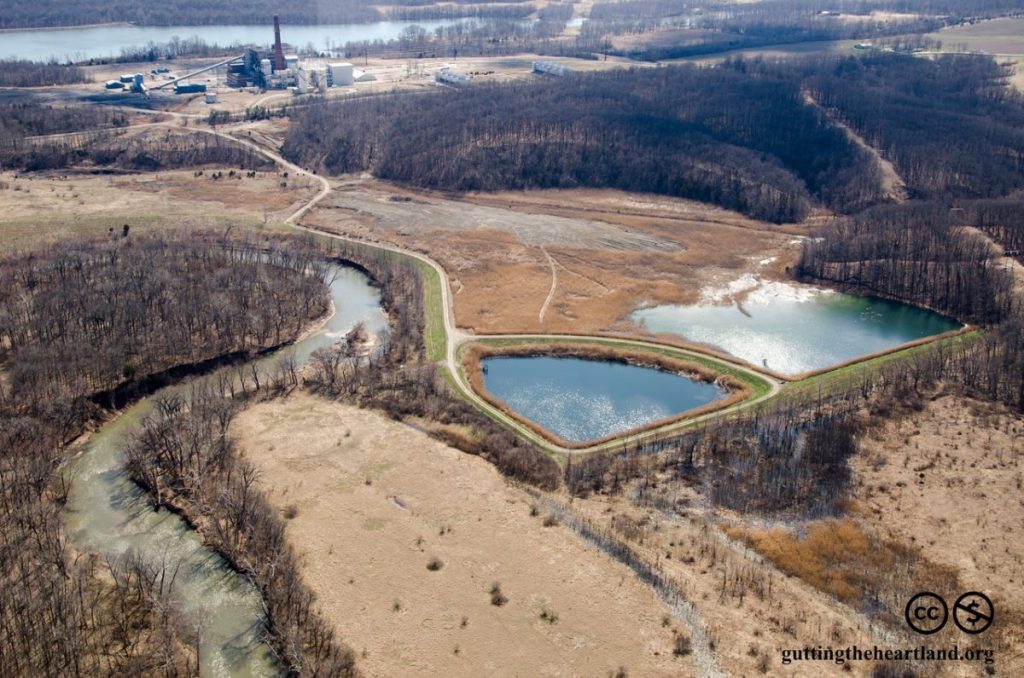The Obama administration recently announced a proposed rule to cut carbon dioxide emissions from the nation’s power plants by 30 percent below 2005 levels by 2030. The proposal will be the first of its kind to target existing coal and gas-fired power plants, building upon last year’s proposal that imposed stringent standards on the construction of new facilities.
Under the proposed rule, the EPA will set emissions targets for each state, taking into account the state’s current energy profile. According to federal statistics, approximately 49 percent of Illinois’ electricity last year came from nuclear sources, 41 percent from coal-fired power plants, and the remainder from natural gas and renewable sources (primarily wind and solar).
Relative to 2012 levels, Illinois was given the target of a 33 percent reduction in pounds of carbon dioxide per MWh of electricity. If the rule is implemented, the state will have until 2016 to submit a plan for reduction. This could include closing or retrofitting existing coal plants; using low-emitting power sources like natural gas; expanding renewable generation; and improving efficiency to reduce electricity consumption.
The rule is expected to have a substantial impact on the nation’s existing fleet of coal-fired power plants. Since 2011, about one-quarter of U.S. coal plants have been retired or are set to be retired. With the new rule, the EPA projects the use of coal to “decrease by roughly 30 to 32 percent in 2030,” primarily because improvements to some plants will not be worth the cost.

The transition beyond coal not only gives room for innovative energy-sector technologies, but stands to improve communities that host – or would host – a stage in the lifecycle of coal. Mining coal dramatically alters landscapes and results in the contamination of surface waters and groundwater. The preparation of coal produces toxic coal slurry. The combustion of coal in power plants produces greenhouse gases that contribute to climate change as well as noxious pollution that triggers asthma attacks and contributes to heart damage. Coal ash produced in this process is often improperly stored near rivers and over groundwater aquifers, not only threatening water systems with slow but inevitable seepage, but at times, complete collapse.
If the proposed rule is implemented next June, it will be not only be a step in the right direction for protecting public health (PDF of Chicago Tribune story), potentially resulting in up to “6,600 fewer early deaths and 150,000 fewer asthma attacks among children nationwide,” but also for ensuring the integrity of community land and water resources.







